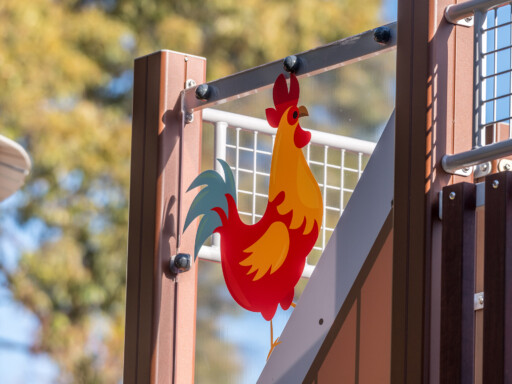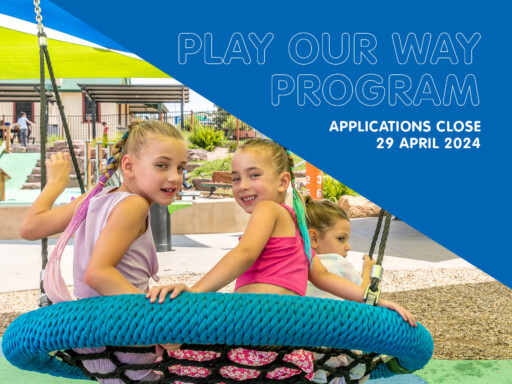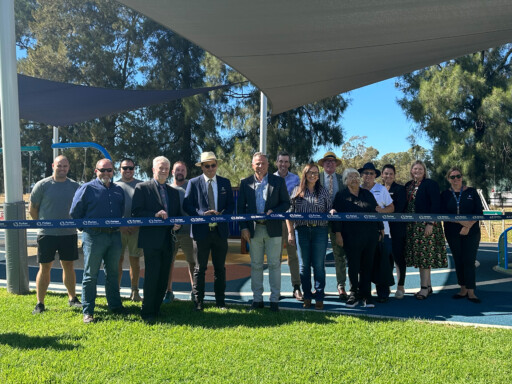Following the launch of the Everyone Can Play Government Initiative earlier this year, the focus on inclusive design is more important than ever.
The team at Moduplay are excited about these new guidelines, as they creates a focus on community, which is something very close to our hearts.
The new guidelines call for Inclusive Playspaces, which are spaces that invite”people of all ages, abilities and cultures to come together to socialise and thrive.” (Everyone Can Play, p.12) Moduplay strives to incorporate this ideology into every playground design and catalogue product created, whether for the smallest pocket park or the grandest multi-million dollar community hub.
We’ve collated 3 great examples of inclusive Moduplay designs for several project types, which follow the ‘7 Principles of Universal Design’, to ensure a safe and fun space for all members of the community to interact and share experiences.
Expansive community playground design
With a focus on incorporating the play equipment with the existing natural surrounds, this multi-zone design boasts a stunning array of activities; and allows all to “get there, stay and play”.
The main inclusive elements to this design are:
- Accessible equipment co-located with the sale standard equipment
- Full shade covering main play unit space
- Grass area for quiet play and rest
- Several seating options
- Accessible orientation path allowing personal movement into different zones
- Interactive elements at ground level
- Bushwood nature elements amongst trees and gardens incorporate playground into natural surrounds
- Coloured softfall and mulch provides visual change of zones
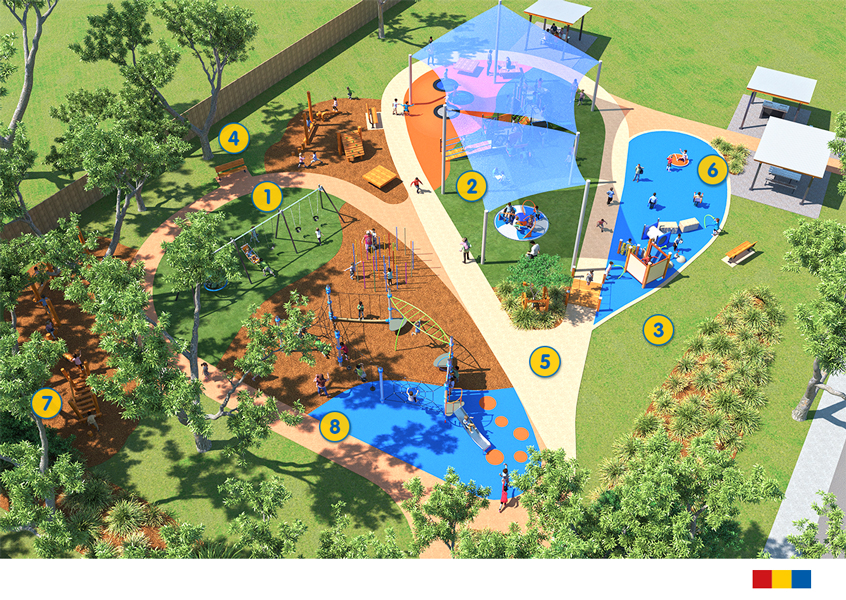
Medium all-ages community playground design
Multi-play activities allow for all ages and abilities to come together and play. When designing a playspace, Moduplay Project Designers take into consideration the full scope of the space, including designing for quiet spaces and rest time. Every element is key to a great playground design, down to the soft-fall type and shape, and accessible connecting paths to play zones and activities.
Notable inclusive elements include:
- Multi-play activities for all age and ability access
- Seating for rest space
- Picnic facilities with shelter for annual protection
- Accessible activities co-located with standard units
- Consistent width path linking activity zones
- Passive grass area for quiet time and informal free play
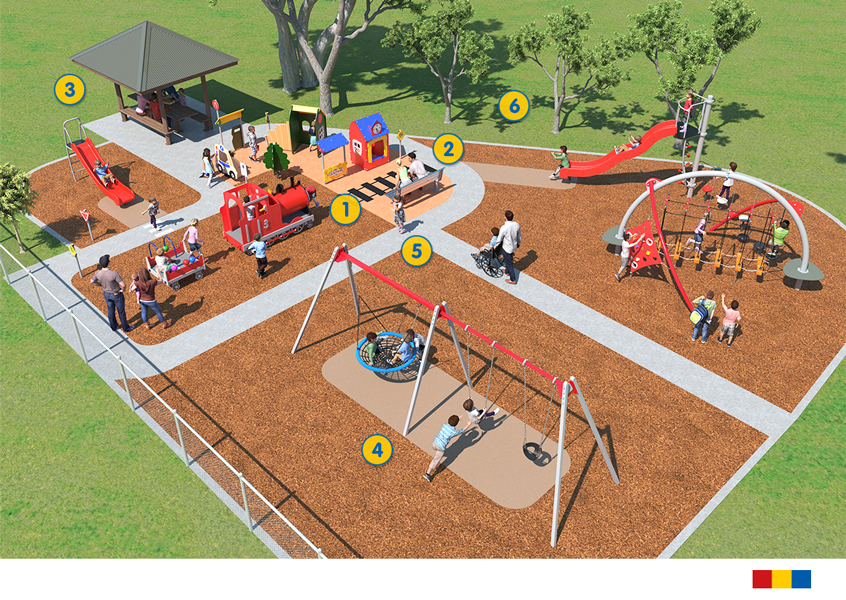
Pocket-park play space design
Not all playgrounds need to be of a grandiose scale, indeed many are smaller with limited ground space. When designed well, these smaller spaces – including school playgrounds and community pocket-parks – can also include a great number of activities. Incorporating sensory elements and multi-level units helps achieve an inclusive and activity-filled play space.
Inclusive design elements in this inclusive pocket-park include:
- Full shade covering majority of play space
- Accessible path system joining play zones
- Seating for rest space
- Natural elements included in design
- Multi-play activities including accessible sensory units for equal access
- Passive grass area for quiet time and rest
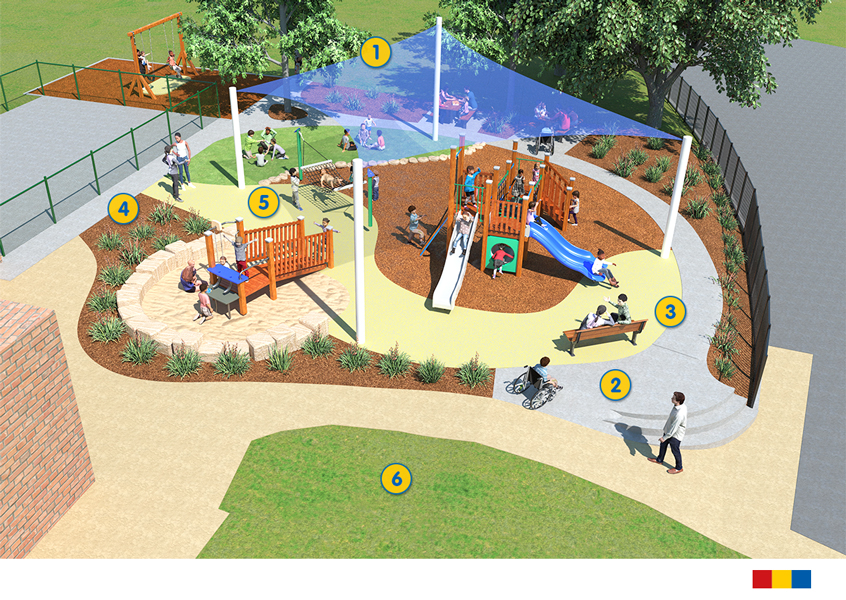
For more information on any of these designs, or a new bespoke design for your next project, contact our helpful Project Design team here.
